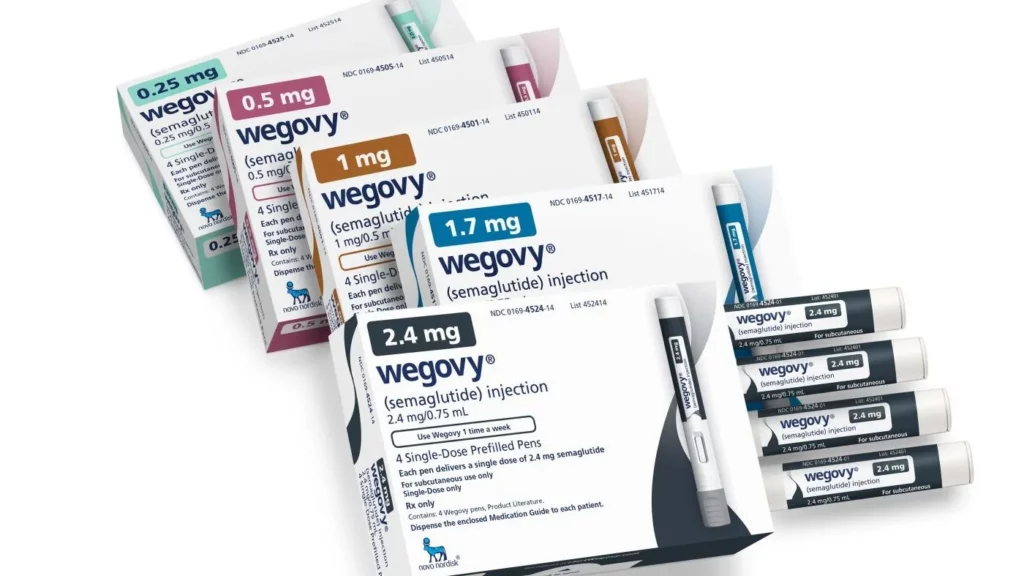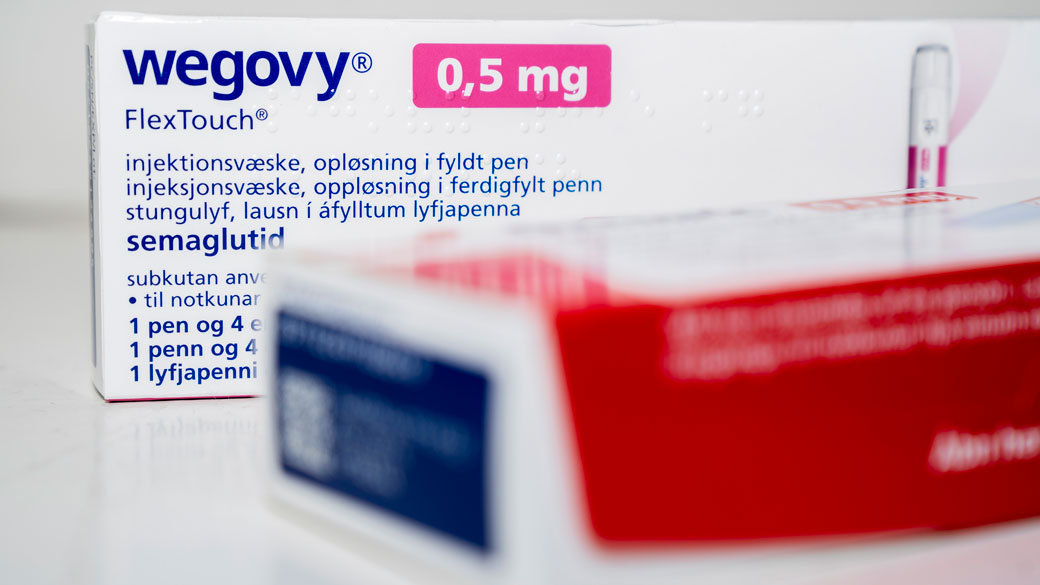In the realm of weight-loss medications, typified by Wegovy, lies a profound impact that stretches far beyond superficial changes in body weight and addiction treatment. This impact ventures into the complex realm of the brain, where the most captivating effects of these drugs may be uncovered.
Shifting Focus: Surprising Advantages of Wegovy and Ozempic
Semaglutide’s Unanticipated Effects: Quieting Thoughts and Reducing Desires
Individuals who harness the potential of medications like Wegovy and Ozempic, both containing semaglutide, have shared accounts of unexpected and welcome side effects. Beyond their primary roles in managing diabetes and obesity. These medications are associated with a decrease in preoccupation with food, a waning desire for alcohol, and even a lessening need for nicotine.
Charting a New Course: Semaglutide’s Potential in Addiction Treatment
Repurposing for Addiction: A Promising Exploration
The emerging potential of repurposing FDA-approved medications, originally designed to tackle diabetes and obesity, as tools for treating substance use disorders, is a concept that merits exploration. This notion is grounded not merely in anecdotal observations but also in the evolving scientific understanding of the role played by semaglutide and similar agents in molding reward-based behaviors.
A Paradigm Shift in Understanding: Semaglutide’s Impact on Addictive Behaviors
Insights from Animal Studies: Semaglutide and Behavioral Transformation
Insights of significance concerning semaglutide have come to light through investigations involving rodents characterized by heightened alcohol consumption, mirroring the patterns seen in individuals with alcohol dependency. Notably, rodents treated with semaglutide exhibited a reduction in alcohol intake. These findings suggest a potential avenue for pioneering approaches to addiction treatment, underscored by the overlapping brain regions governing both eating behavior and substance use.

Connecting Hunger and Addiction: Common Brain Mechanisms
Convergence of Mechanisms: Brain Regions Tying Appetite and Addiction
The promise of semaglutide extends even further to the realm of opioid addiction mitigation. Research highlights the capacity of liraglutide, a closely related compound, to curtail heroin-seeking behavior in male rats. These revelations hint at semaglutide’s potential to influence the intricate patterns of brain activity associated with the pursuit of substances.
Transitioning from Laboratory Insights to Clinical Trials and Addiction Treatment
Anticipating Positive Outcomes Amid Ongoing Human Trials
Promising human trials are presently underway, heralding the potential for a monumental breakthrough in the realm of addiction treatment. Clinical trials assessing liraglutide’s efficacy in addressing opioid use disorder and semaglutide’s impact. It’s on heavy drinkers and smokers are producing insights of considerable value. While researchers approach this development with a measured sense of optimism, they underline the critical importance of robust clinical investigations.
Balancing Hope with Pragmatism: The Path Ahead
Tempering Enthusiasm with Vigilance: Navigating the Journey Forward
In acknowledging the tantalizing promise of semaglutide. It’s counterparts in the realm of addiction treatment, researchers exercise prudence, acutely aware of the potential obstacles that lie ahead. Positive outcomes observed in animal studies are by no means a guarantee of analogous outcomes in humans. Hence, the foundation of rigorous clinical trials becomes an indispensable pillar in substantiating these preliminary findings.
Unraveling the Brain’s Complexity: A Multifaceted Approach
Unveiling Multifaceted Effects: Semaglutide’s Impact on Brain Responses
The efficacy of these pharmaceuticals is rooting in their multifaceted influence on various physiological systems, including the intricate landscape of the brain. Engineered to emulate the hormone GLP-1, semaglutide engages with diverse nerve cells responsive to GLP-1. While researchers have gained insight into certain facets of this interaction, the complete spectrum of its impact on brain networks remains shrouded in mystery.
Navigating Considerations and Challenges
Balancing Potential with Adverse Effects: Deliberating on the Consequences
The potential of semaglutide in addiction treatment is balanced alongside the potential for unwanted side effects, encompassing discomforts such as nausea and digestive disturbances. It is noteworthy that individuals with low body weight might not find these treatment avenues suitable. Given the intricate panorama of available treatment options, a comprehensive analysis of pros and cons stands as an imperative.
Pursuing the Path of Discovery and Addiction Treatment
Venturing into Uncharted Territories: The Unfolding Journey
While the current wave of enthusiasm is palpable, the path ahead demands thorough exploration. Semaglutide’s potential ripples beyond the domain of addiction treatment, encompassing ventures into Parkinson’s disease and inflammation management. Researchers tread this pioneering terrain with a blend of optimism and realism, cognizant that each discovery carries with it the potential for application as well as inherent limitations.
